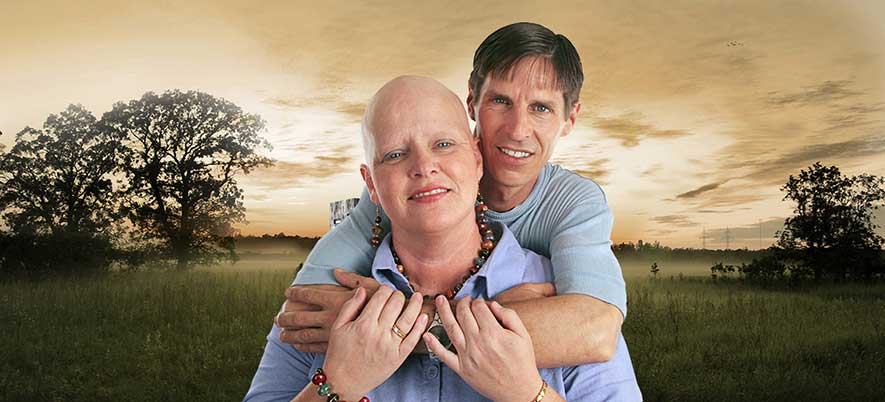
What is Alopecia Universalis?
The most advanced form in a series of conditions all related to the same disease, Alopecia Universalis (AU) is characterized by total a loss of body hair. A member of the group of hair loss conditions called Alopecia Areata, the only difference between Alopecia Universalis and its variants is the extent of hair loss.
Alopecia Universalis Symptoms
Normally, sufferers are otherwise healthy, but are more likely than the general population to experience thyroid disease and vitiligo (patchy loss of skin color). Those with vitiligo may eventually develop AU over time. Many individuals with Alopecia Universalis are born with some hair but begin losing it very quickly. The disorder is inherited as an autosomal recessive trait. It is caused by a mutation in a gene dubbed HR in chromosome band 8p21.2 — the human version of the gene that is responsible for hairlessness in mice.
Is the “hairless” gene only found in people with alopecia universalis? Most likely. Based on the known research, we can safely assume that only individuals with this rare and severe form of alopecia areata carry the gene. Unfortunately, there have not been enough studies to verify that this is true of all those afflicted. Aside from genetic tendencies, the contributing causes of Alopecia Universalis are not known.
As lack of body hair leaves areas like the scalp, eyes and nasal cavity particularly vulnerable, it is important that those with Alopecia Universalis take extra care to protect themselves from the sun, bacteria and other potentially harmful elements.
According to the National Alopecia Areata Foundation, fingernails and toenails can also be affected. Symptoms in the nails can range from pinprick-like indentations to severe distortion of the entire nail. Alopecia Universalis may be acute and short-lived or remain permanently. Regrowth is always a possibility, even for those with 100% hair loss over many years. However, it is not possible to predict when regrowth will occur.
Causes of Alopecia Universalis
In 1998, a researcher named M. Ahmad and his team of colleagues studied a family in which alopecia universalis was present in three consecutive generations. The afflicted children in the family showed no other health problems; however, skin biopsies from their scalps showed very few hair follicles. Of the follicles present, few contained hair shafts.
Researchers established that there were no other inflammatory conditions present to inhibit hair growth. The subjects were born without eyebrows or eyelashes and never developed them. They also never developed underarm or pubic hair.
Researchers analyzed the chromosomes of all 7 individuals with AU to detect genetic similarities. They found a marker at the location 8p12, consistent in all 7 subjects, but were unable to determine exactly which gene was at this location.
As a result, they hypothesized that there may be a genetic similarity in hairless mice which might match the one they found in the humans. Fortunately, there were several examples of alopecia in mice. They cloned the mouse hairless gene and used the mouse sequence to make PCR primers. They then used these primers on cDNA made from the mRNA of human skin fibroblasts. This identified a cDNA sequence which gave them the coding sequence of the human “hairless” gene. In humans and mice, this gene is expressed in the skin and brain. (The brain function of the gene is not known). It appears to encode a zinc-finger transcription factor. A mutation was found to be present in the “hairless” genes of all the affected individuals in the family that was studied.
Now let’s take a look at some information on treatment methods for people suffering from AU.
Please use the tabs below to navigate to the next pages of this guide.
Please use the tabs to proceed to Step 1: Alopecia Universalis Treatments of the Guide to the Alopecia’s.
Next Step 1: Alopecia Universalis Treatments
Review the current treatment methodologies for Alopecia Universalis
Step 2: Connect with Others
Alopecia Universalis support groups and discussion forums.



